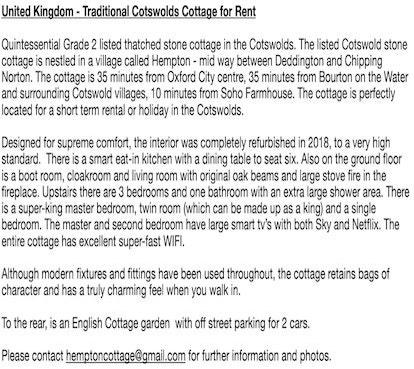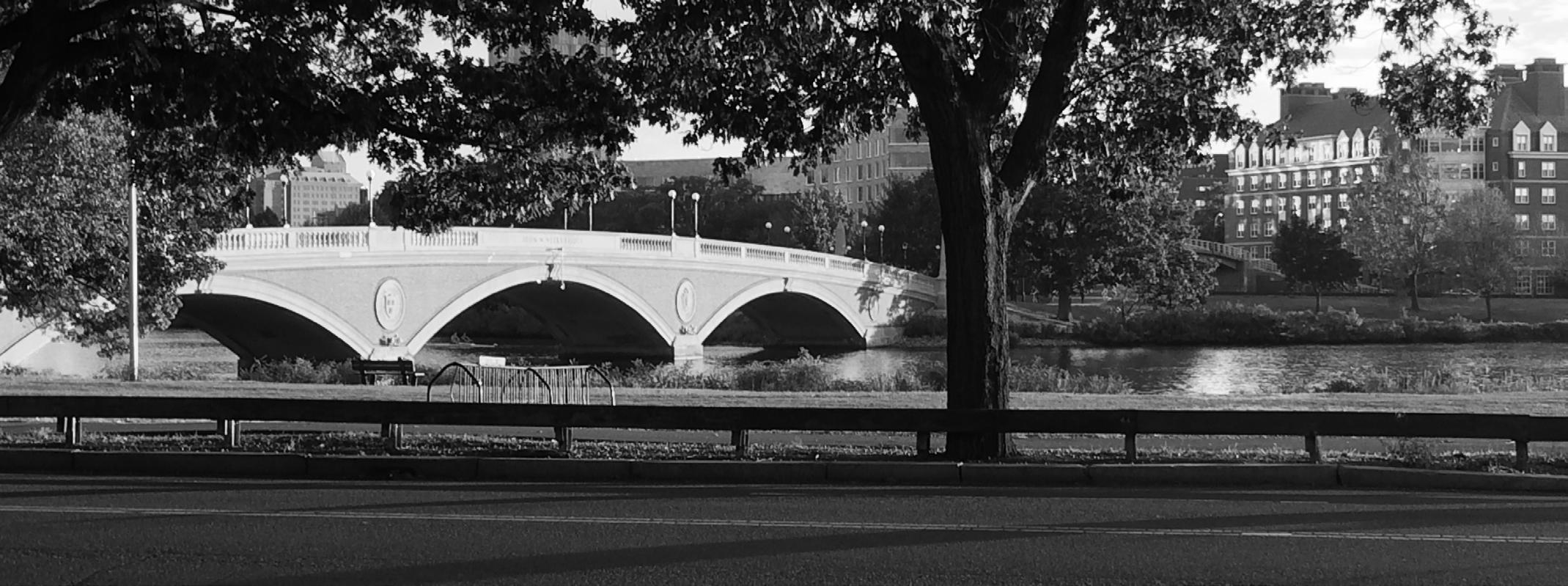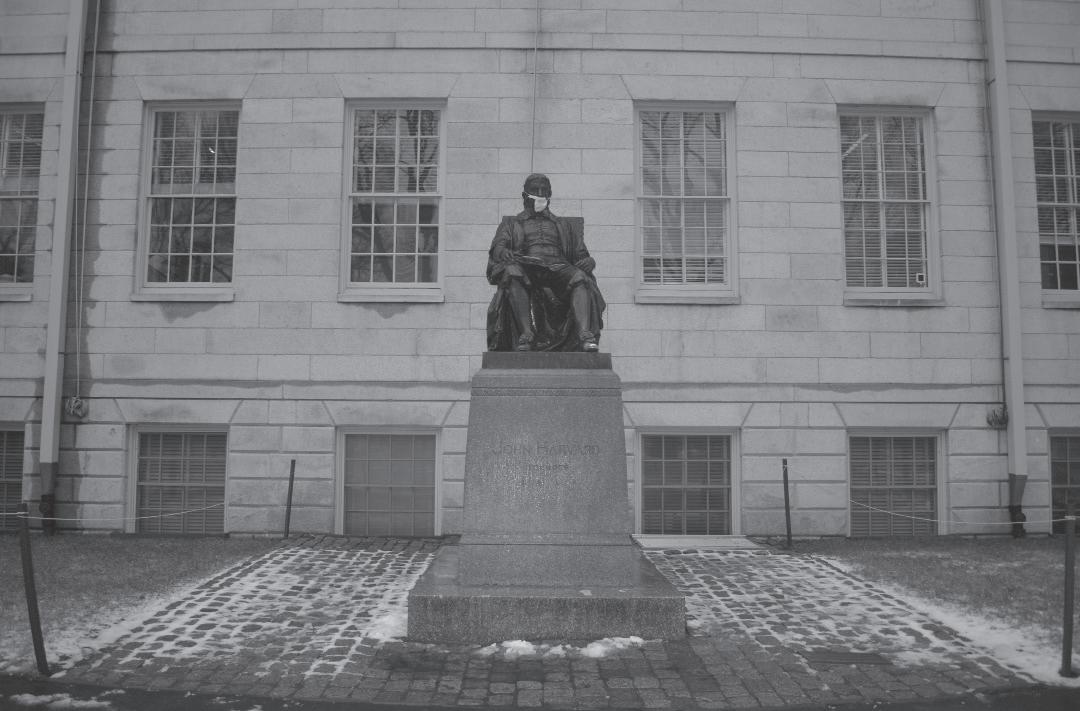THE HARVARD CRIMSON | FEBRUARY 7, 2020
PAGE 6
EDITORIAL THE CRIMSON EDITORIAL BOARD
COLUMN
Putting Harvard’s Rent Increase in Context
Education or Indigenous Erasure?
L
ast week, Harvard University Housing announced rent increases for University-owned apartments in the 2020-21 academic year averaging one percent but up to two percent in some cases, on a unit-by-unit basis. The University reached this conclusion after a private consultant revised “market rents” for a number of apartments in Cambridge and surrounding areas. We are conflicted about this increase. The move has drawn criticism from some graduate students who feel that the increased price tag will put University-owned housing out of reach. We empathize deeply with the students who feel that the institution they give so much of their time and effort to, at very low wages, is exploiting them for a free-market price. All of their voices matter to us. And we continue to believe that graduate student stipends should be indexed to the
All of their voices matter to us. And we continue to believe that graduate student stipends should be indexed to the cost of living. cost of living. We must, however, simultaneously recognize that Harvard can only provide 50 percent of graduate students with housing.
Not sticking to a market price would force the University to decide which half of the students should receive housing that is below market price and which half should not. Such a conundrum would be an equally, if not more troubling, ethical strain. Still, further context is necessary. Harvard’s student housing does not operate in a vacuum. And though Harvard may seek to peg its rent rates to market prices, it is critical to note that Harvard’s expansive housing system has an outsized impact on the market itself. We should not forget that Harvard continues to have a direct impact on the ability of Cambridge residents to access affordable housing themselves, a problem that has preoccupied the city of Cambridge in the past year. In an enlightening 2018 report, the Harvard College Open Data Project shows the extent to which the expansion of Harvard in recent years has gone hand in hand with the marginalization and reduction of local communities and in particular communities of color. Harvard, which owned nearly 10 percent of the land in Cambridge and nearly six percent of the land in Allston as of 2018, has seen its landholdings grow by over two and a half times since 2000. At the same time, in the ten years prior to 2018, Cambridge had one of the highest rates of home appreciation in the country, growing at an annual rate of 4.98 percent. Still more startling, however, is that, controlling for relevant externalities, as Harvard’s endowment and landholdings
have grown, the population of black and low-income residents of Cambridge has declined. While Harvard last year pledged $20 million to support affordable housing
Harvard’s student housing does not operate in a vacuum. in the Greater Boston area, its gentrifying influence on Cambridge continues to concern us and, no doubt, the community bearing the brunt of the effects. None of our concerns about Harvard’s adverse effects on its neighbors is meant to downplay the challenges that graduate students face or the extent to which the University’s financial prerogatives seem to be pitted against its oft-overlapping student and labor bodies. Still, we hope that our internal debates at Harvard — especially those that deal with issues of equity, land use, community impact, diversity and inclusion, and livelihood — are thoroughly contextualized within the broader issues that affect Cambridge and all its inhabitants. This staff editorial solely represents the majority view of The Crimson Editorial Board. It is the product of discussions at regular Editorial Board meetings. In order to ensure the impartiality of our journalism, Crimson editors who choose to opine and vote at these meetings are not involved in the reporting of articles on similar topics.
Submit an Op-Ed Today!
The Crimson @thecrimson OP-ED
Update Available: Rethink Tech in Class By KAIVAN K. SHROFF
T
he email from former U.N. Ambassador Samantha Power came into my inbox at 8:09 p.m. “Hi Kaivan - please don’t be on your phone in class - it is super distracting to your classmates, your profs, and — above all — to you! really important. Thanks!” I was in DPI 535: “Making Change When Change is Hard,” a Harvard Kennedy School course the Ambassador was teaching with her husband, famed legal scholar Cass R. Sunstein ’75. I was embarrassed, as the class had a no technology policy. I responded immediately, apologizing, assuring Ambassador Power that it wouldn’t happen again, and noting that just five minutes before class, then-Attorney General Jeff Sessions had resigned — a significant moment for anyone focused on change-making and the fight for justice. Last week I was reminded of that email, in the first session of my Constitutional Law course, when our professor noted that she bans the use of electronics in class, citing “the pedagogy.” The professor told us how exciting the course would be this semester given the relevance of the ongoing impeachment hearings — and encouraged us to keep up with the news. Ironically, impeachment proceedings were literally ongoing this week, including during our 1-3 p.m. class timeslot. As an online influencer in the progressive political space, I volunteer my time to help the Democratic National Convention, leading presidential candi-
It’s not just a huge disadvantage for someone with illegible handwriting. It’s infantilizing and counterproductive. dates, and others amplify key messages surrounding the Trump administration in real-time. Harvard Law professors, politicians, journalists, and celebrities engage with my content directly. As a student at the Kennedy School and the Law School, experiencing the first impeachment of my adult life in this participatory way is a rare and educa-
tional opportunity. While it’s important to pay attention in class, spending five minutes of a two-hour-long session reviewing and responding to highlights of the hearings not only allows me to make important connections that will serve me in my legal career (something the Law School should support), but it also allows me to consider the ideas we are learning in a course such as Constitutional Law against an urgent real-world backdrop. These anti-technology classroom policies are not unique cases. At my MBA program at the Yale School of Management, at the Harvard Kennedy School, and now at Harvard Law School, I’ve been banned from using any technology in many classes, even to take notes. It’s not just a huge disadvantage for someone with illegible handwriting. It’s infantilizing and counterproductive. It’s true — I made a choice to be a student, and some could argue if I wanted to keep pace with the real world, I should have chosen to work instead. However, this logic is flawed because it undervalues the powerful potential of digital access in the classroom. The first, which I described above, is the discretion that technology affords ambitious, busy multi-taskers to attend to occasional external urgent matters — personal or professional — while still being present and learning in class. There are also ways technology amplifies even the internal procedures and substance of classes. Allowing students to use technology in the classroom as they would in reality not only creates more time for critical discussion, but greatly expands the level of information and accuracy that can be brought into those discussions. Students and professors won’t spend five minutes searching page by page for that specific Justice Elena Kagan reference in a 100-page Supreme Court opinion — someone will ⌘F the key phrase and the class will move on with the conversation. A loosely remembered relevant source no longer stays on the tip of the tongue, but is confirmed with quick research and shared to enrich the class discussion. Foolish questions neither go unanswered, nor do they waste valuable class time — a win-win for everyone paying thousands of dollars for a single
course. Perhaps a more widely accepted argument is that banning technology forces students to learn in an antediluvian way. This outdated learning mode will never mirror the practice mode of the digital age. We won’t memorize the Federal Rules of Civil Procedure — we’ll Google them. We won’t write out Bayes’ Theorem from memory and “plug and chug”
This outdated learning mode will never mirror the practice mode of the digital age. — the process will be automated. I’ve already experienced this generational shift. When I was in elementary school, cursive was being phased out. In undergrad, I took notes exclusively on my laptop. I’m used to a multi-sensory learning environment of PowerPoint slides and online in-class polls that enhance discussions. That’s the future of education. In a world where all information is at our fingertips, application beats memorization every time. I’m not necessarily surprised that graduate schools are slow to adjust to this tech-friendly future, but I was shocked that many of my peers are too. In my MBA program, many of my classmates, roughly 28 years old on average, were supportive of laptops being banned. They cited the same reasons as Ambassador Power — they were “distracted.” Having come of age in an era of immersive tech, I couldn’t imagine people with the lofty goals of my business school peers succeeding if they were so readily thrown off by a dimly lit screen and some low-decibel typing in the row in front of them. We are adults, in our twenties, at an elite graduate school program, paying for education — it’s our time. To be regulated on our access to technology, including to the outside world, is reductive and juvenile. At the risk of sounding crass, I was responsible and focused enough to get into Harvard — trust me to make the right choices for my own education. —Kaivan K. Shroff is a second-year joint-degree student at the Harvard Kennedy School and Harvard Law School.
Gabrielle T. Langkilde PASEFIKA PRESENCE
I
come from a lineage of geniuses. My Samoan ancestors were so intelligent that they figured out how to sail across the Pacific using only the stars as their guide. Can you imagine that? People nowadays can barely get from point A to point B without Google Maps dictating each and every step that they’re supposed to take. The genius of my Samoan ancestors is still evident in the elders and the youth of my Samoan community. My cousins and I sit on the floor of the faleo’o and absorb the wisdom passed onto us by our grandfather, as he practices the sacred tradition of oral history and storytelling — tracing our family tree generations back and recounting memories that are not even his own. When it comes time to practice and perform the traditional dances of the siva, sasa, and
My Samoan ancestors were so intelligent that they figured out how to sail across the Pacific using only the stars as their guide. Can you imagine that? fa’ataupati, the village youth perfect each careful movement with ease, naturally remaining in sync with each other to every beat of the pate. Though I come from a lineage and community of geniuses, this secret was kept from me. In school, they did not teach me about the ingenuity of my Polynesian ancestors and their ancient art of navigation. Instead, they taught about great explorers like Christopher Columbus who sailed to what is now the Americas but initially thought he was in the East Indies. Oral history and storytelling was merely a fun hobby because my school taught me that in order to be considered valid and sophisticated storytelling had to follow a rigid five-paragraph structure with advanced English vocabulary. And with all of the stereotypes about our people as nothing more than “dumb jocks” because of our statistically low SAT/ACT scores but statistically high probability of making it into the NFL, I never considered the physically instinctive synchronization with my peers in our traditional dances as a form of intelligence. The American school system, curriculum, and methodologies for measuring intelligence do not capture the genius of my community. Instead, they completely erase it and brainwash us into thinking that there exists only one way of knowing. American primary, secondary, and higher education systems are some of the strongest instruments of colonial domination to suppress indigenous ways of knowing. American-style schools distort or more often than not completely refuse to teach our histories. This is evident in that history textbooks mention indigenous people as being “discovered” or that elite universities such as Harvard refuse to institute ethnic studies departments. Additionally, the American education system’s measurements for intelligence rely on so-called “objective” tests that disadvantage students whose first language is not English and whose imaginations cannot be contained by rigid pro-
Instead, they completely erase it and brainwash us into thinking that there exists only one way of knowing. American primary, secondary, and higher education systems are some of the strongest instruments of colonial domination to suppress indigenous ways of knowing. cesses taught in the classroom. I realize the privilege and hypocrisy from which I speak, being a student at Harvard — the ivory tower of prestige and white-washed education. Every time I go home, it saddens me to see my own community put me on a pedestal because of my acceptance into this institution. The romanticization of Western education only further devalues our own ways of knowing and reifies whitewashed education systems. As my senior year approaches and I start thinking about my senior thesis, I continue to struggle with the idea that I must follow specific, concentration-approved methodologies and processes in order to produce valid knowledge about my own community. Is this not the ultimate betrayal of my community and my ingenious ancestors that came before me? Some say that my presence at an institution such as this is a positive sign of progress and increase of Pacific Islander representation on campus. But if that is the case, why do I feel like my presence here only reaffirms the erasure of my people? I understand that sometimes an education is the best route, both for personal upward mobility and for greater representation and visibility of a community. But the best option for my community, as well as other indigenous communities, should not be something that simultaneously erases it. —Gabrielle T. Langkilde ’21, a Crimson Editorial editor, is a joint concentrator in Sociology and Studies of Women, Gender, and Sexuality in Eliot House. Her column appears on alternate Fridays.




